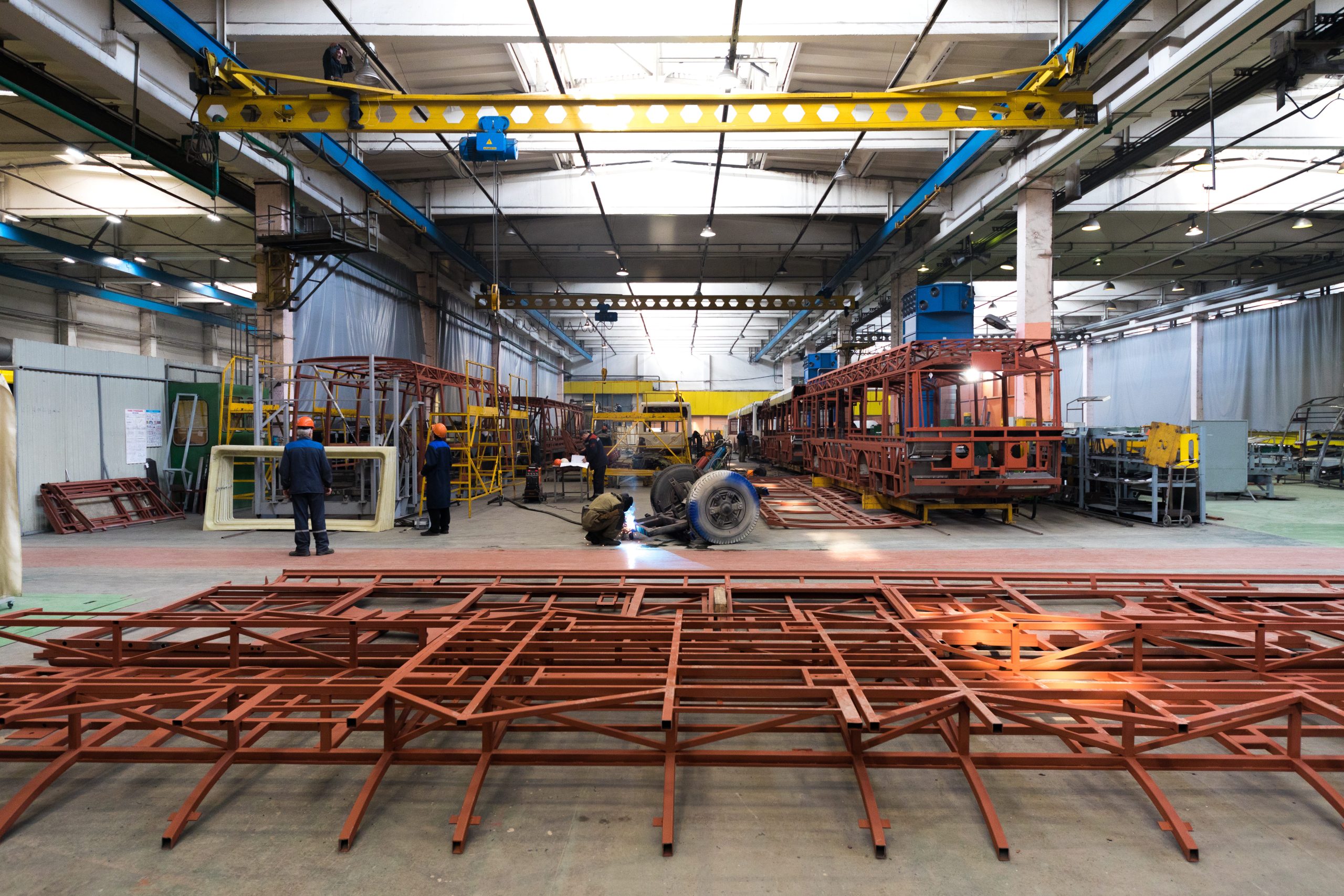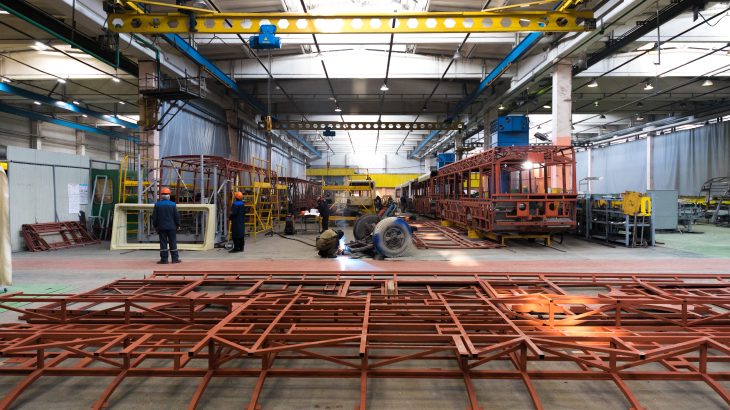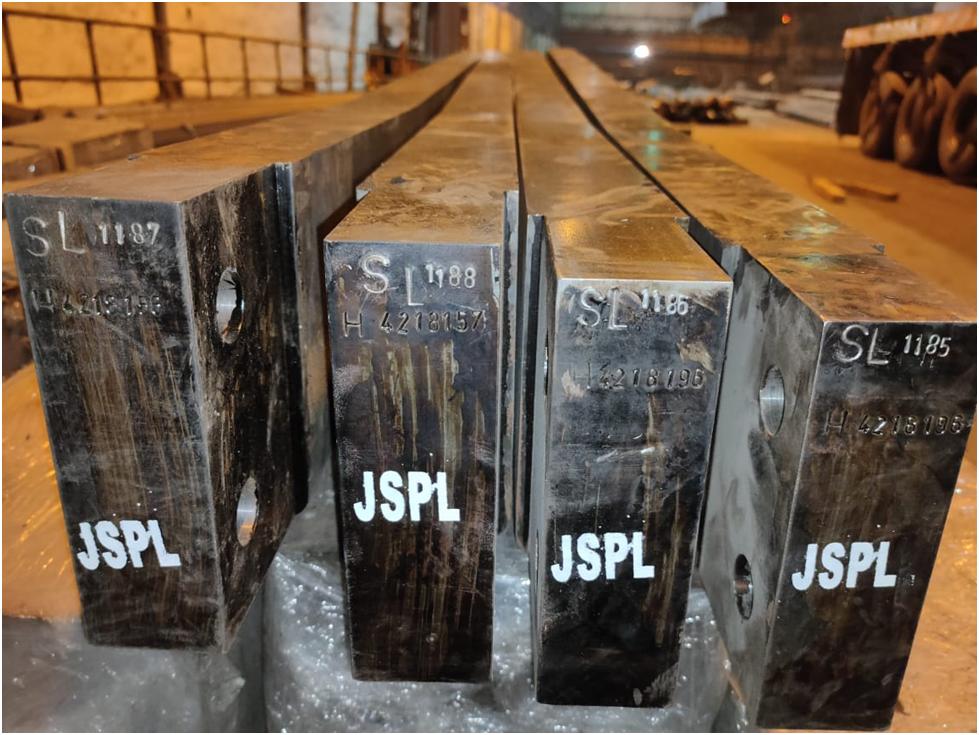
What are universal beams?
The I-beam and H-beam, also known as universal beams and universal columns, can be recognized by their ‘I’ and ‘H’-shaped cross sections.
The middle section of a beam, known as the ‘web,’ is vertical. The two ends of the beam are called ‘flanges.’ Universal beams are shaped in such a way to support weight in one direction and offer added strength as a result of this shape. Most universal beams are used in floors because they support more weight than a square beam, but they are weaker against horizontal movement and cannot handle twisting.
What are universal beams made of?
Today, hot or cold rolled steel is the most common material used to make universal beams. However, aluminium and even particleboard are becoming more popular in recent years.
Are there variations in universal beams?
Universal beams may vary in the material used, the length of the web (measured from one tip to another across the top of the UB), and in the depth of the flanges. Differently sized weights and areas will require different measurements on the beams. Longer webs can withstand more force than shorter ones, and wider flanges can withstand more sideways movement than narrower ones. A wide flange beam is also known as a W-beam.
How are universal beams installed?
Universal beams are used in steel and occasionally wood frames for additional strength and support. The design should be built around these beams, as their shape requires different construction techniques and special machinery for their installation. It is essential that these beams are not used in any torsion bearing loads, because twisting them can warp the beam and make the floor collapse.
Where are they used?
Universal beams are commonly used in situations where heavy duty weight support is needed. They are often used to support the main structure of a house and are particularly useful under load-bearing walls.






Leave a Reply
You must be logged in to post a comment.